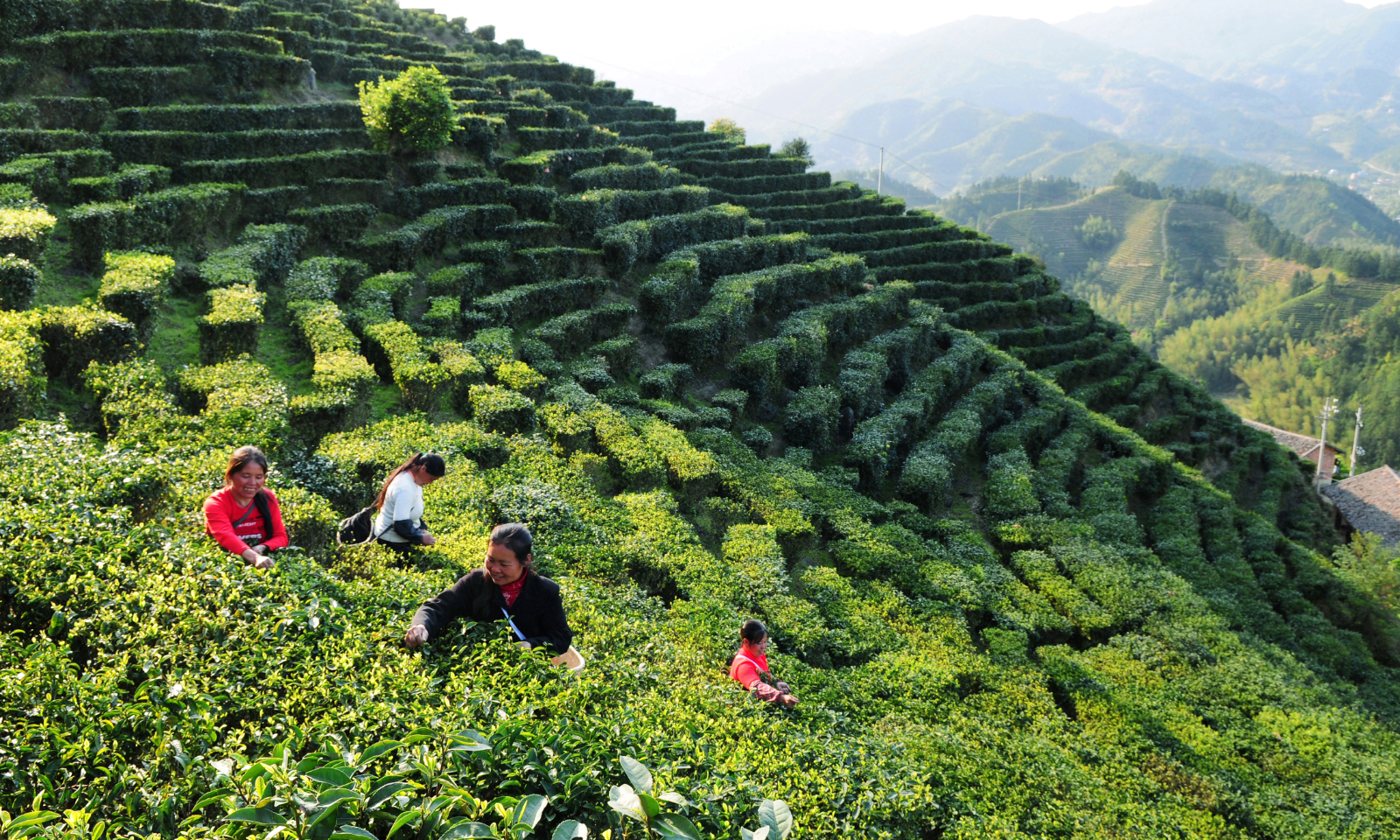
The magnificent Siberian snow cranes generally rise to the sky as tea workers begin the annual harvest. This year, bird watchers in Jiangxi Province counted 4,200 of the rare and endangered white cranes in early May. The birds typically depart in March but were seen lingering on Poyang Lake, the largest of China’s freshwater lakes, a reminder of the pristine beauty of Suichuan county, one of China’s historically significant tea-producing regions.
Mountainous Suichuan is subtropical with a humid monsoon climate. The incomparable microclimate of Tanghu Township at the southern foot of the Luoxiao Mountains is very conducive to the formation of amino acids, sugars, and aromatic substances in tea. The local soil is formed by weathering granite and is rich in selenium and other trace elements.
Tea production in Suichuan has a long history. According to the “Records of Suichuan County,” Gou Gu Nao Tea (Suichuan’s local tea) was first produced during the Qing Dynasty (1796 AD) more than 200 years ago. Because the tea mountain on which the first plantations were planted resembles a dog’s head, the green tea grown at the top of the mountain was named Gou Gu Nao (dog’s head tea).
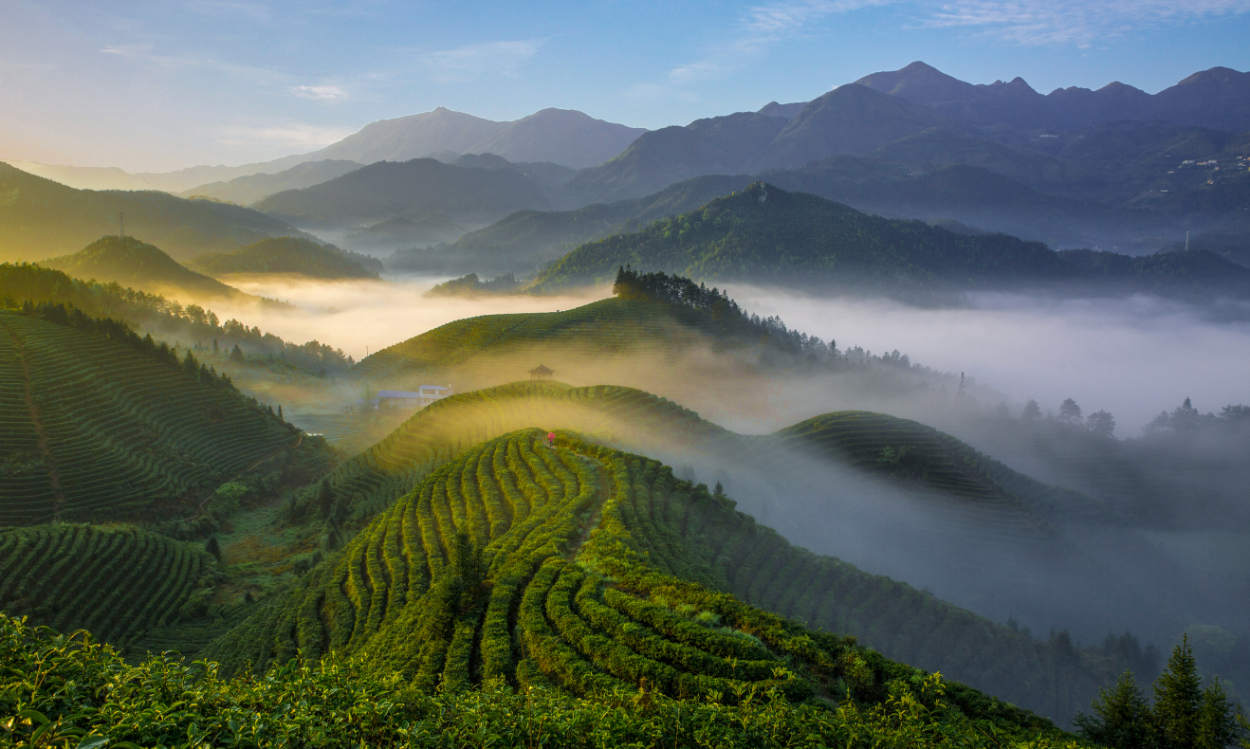
Suichuan is a unique, organic, high-quality tea-producing area. The average elevation is 800 meters. The soil there is red and sandy and easily drained. Local cultivars produce an exceptionally tender leaf that is dark to azure green. According to China Tea Wholesale, leaves are delicately soft, with fine white hairs. Tea Vivre writes that the “Qunti tea tree species, which is the “mother” of Longjing 43, is also called “Lao Cha Peng” or “Tu Cha Ye” by the local tea farmers. It is the earliest species to produce Longjing tea. “The eighteen imperil tea trees” named by Qianlong Emperor are also this kind of tea tree species. “
Gou Gu Nao is especially suitable for brewing grandpa style, which brings out the mellow and sweet taste.
Gou Gu Nao Green Tea is highly prized. The processing method is quite complicated. It is refined through eight processes. The shape of Gou Gu Nao Tea is tight and rolled to a slight curl. The color is bright green, the aroma is fresh and elegant, and the taste is fresh and thick with a sweet and long aftertaste.
“Suichuan Gou Gu Nao Tea” has a long reputation. Tea merchant Li Yushan used the fresh tea leaves from Gou Gu Nao Mountain to make silver needles. Que She and Yuan Zhu shipped to the Panama–Pacific International Exposition in San Francisco, where it won the gold medal. It was then known as “Ding Shang Green Teas.” In its modern style, the tea has won many international and domestic awards, including a gold medal at Milan Expo in 2015, a century after its first gold prize.
The tea is designated as a Chinese national geographical indication, recognized as a Chinese “time-honored brand,” and qualifies for China’s well-known trademark.
The tea industry in Suichuan developed rapidly, and by 2019, acreage under tea surpassed 19,000 hectares. Output has reached 9,020 tons, with a value of RMB2.25 billion (about $375 million), making it one of the “Top 100 Tea Counties in China” and a “Demonstration County for Poverty Altitation in the Tea Industry in China.”
Today Suichuan County is closely focusing on strengthening characteristic brands, promoting the expansion and upgrading of the tea industry, and diversified integration. The “Gou Gu Nao Cup” National Green Tea Handmade Competition was held continuously to improve the tea-making skills of the county. We are optimizing the structure of the tea garden by creating a new standard tea garden.
Popularizing advanced technologies and concepts such as mechanized management of tea plantations, biological pesticides, and organic fertilizers, providing free technical consultation for tea farmers. Promoting brand construction by hosting and participating in the national large-scale tea trade fairs. Making efforts to build a new pattern in the Suichuan tea industry with efficient production, great brand, best-selling market, and rich tea culture.
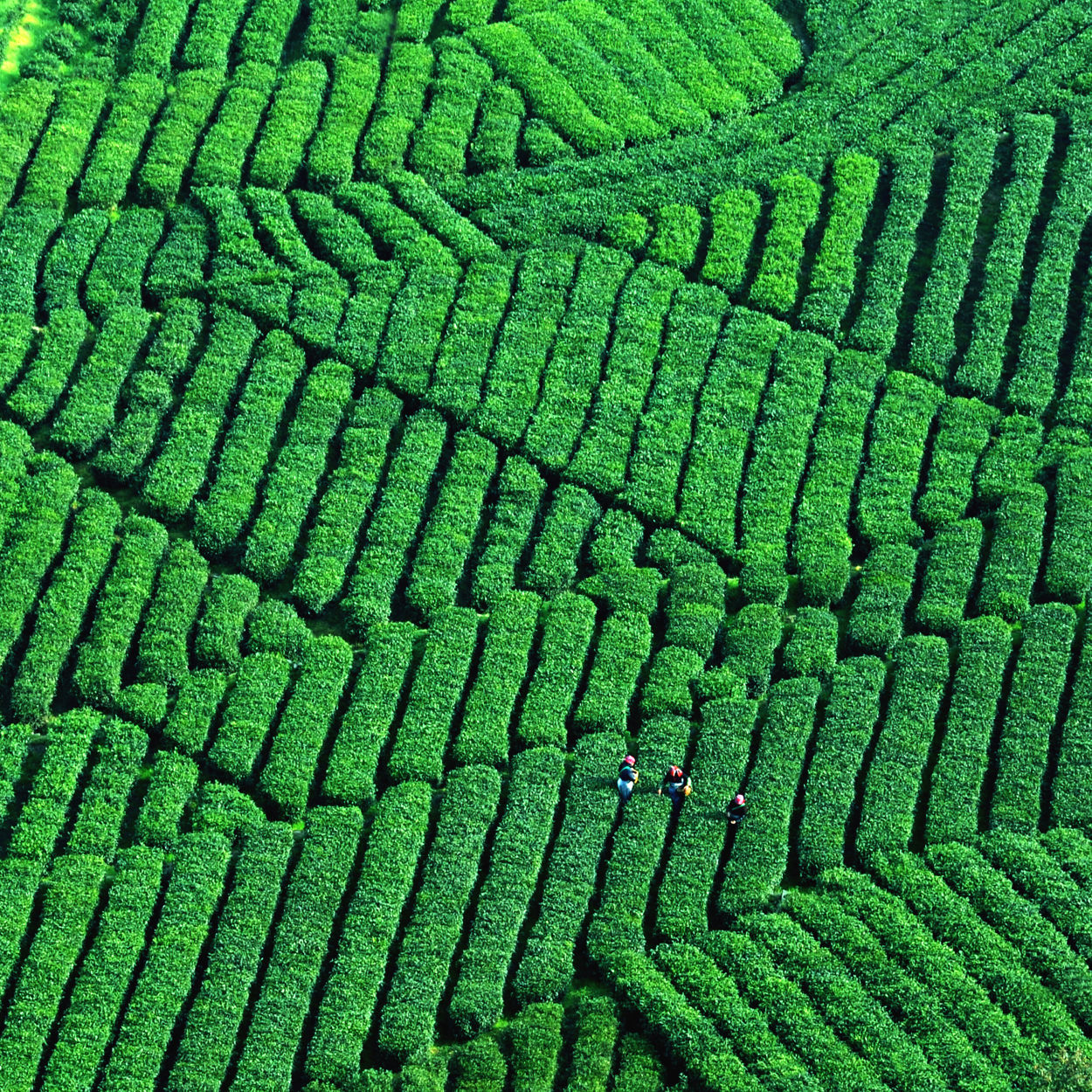
When you go
Suichuan is a migratory flyway known as the “Bird Path for Thousand Years.” It is designated a “National Ecological Tourism County” and one of the “Top Ten Green Ecological Counties in Jiangxi province.”
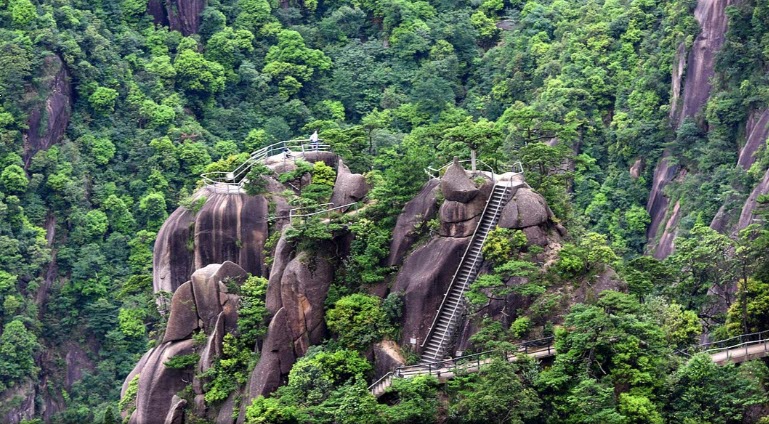
Forests cover 78% of the province, with 250,000 hectares of forests. There are nine national ecological towns, 13 provincial ecological towns, and five national and provincial ecological villages in this county. The annual average temperature is 20℃-25℃, the annual rainfall is 1400-1600 mm, and the annual average of frost-free weather is 280 days.
Website: (Chinese): Jiangxi Province
Wikipedia: Suichuan County
Tour information: Jiangxi Attractions (Trip.Com)
Tea Market
Get More Value from Your Tea: BRU Maker One
+41794574278
Jacque's Organics
(647) 804-7263
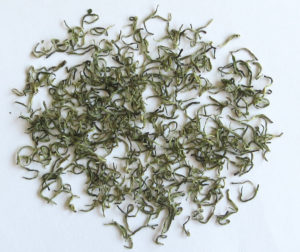
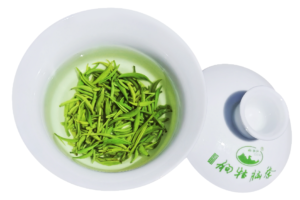
Very interesting articles
where can I purchase this mountain tea?
Hi Yvonne. Two companies that supply the tea are mentioned in the article. https://www.teavivre.com/gou-gu-nao-green-tea.html and China Tea Wholesale